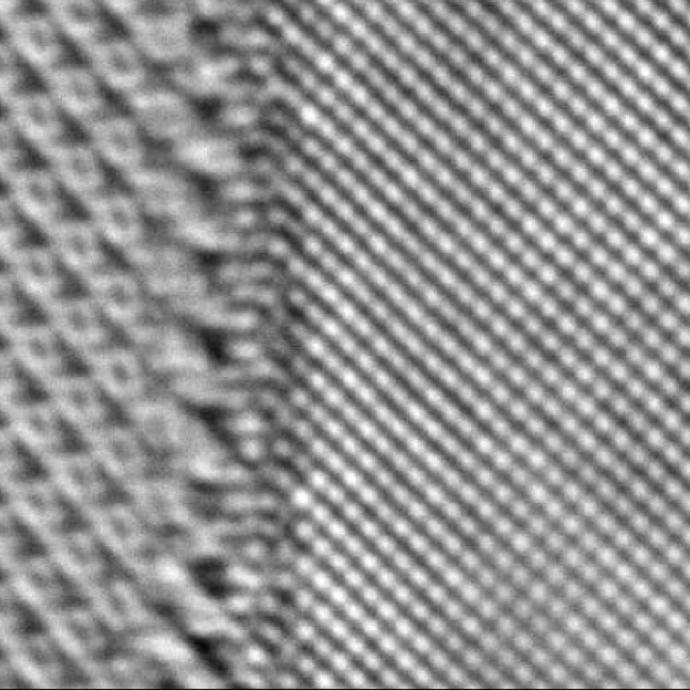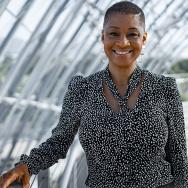The Haggadah, the text that gathers the prayers and stories recited at the Passover Seder, has a beloved place in Jewish tradition. While its basic themes have remained unchanged, the Haggadah (“telling”) is unusually versatile—over the years, new editions have assembled stories, prayers, and illustrations that connect the Passover story to contemporary themes.
An exhibition closing this week at the Special Collections Research Center highlights the interplay of continuity and change in this central text. “Archetype and Adaptation” is drawn entirely from the collection of Stephen P. Durchslag, an AM student in the Divinity School, whose collection of Haggadot is believed to be the largest in private hands.
In conjunction with the exhibition, the Center for Jewish Studies has organized a lecture series on the Haggadah. Katrin Kogman-Appel of Ben-Gurion University will deliver the final lecture in the series, “Popularizing Books in a Manuscript Culture: The Visual Language of the Late Medieval Haggadah” on Sunday, May 13. The lecture series was sponsored by the Center for Jewish Studies, the Divinity School, and the Special Collections Research Center.
Durchslag’s collection includes both early Haggadot, including early editions from Prague, Mantua, and Venice dating back to the 16th and 17th centuries, as well as recent examples that incorporate present-day concerns, including feminism and gay rights.
The flexibility of the Haggadah is a subject of enduring fascination for Pesach Weinstein, a PhD candidate in the Divinity School who curated the exhibition in close collaboration with Durchslag. The Exodus story is “the founding myth of Judaism,” he said. “This is the holiday that continued to capture the imagination.”
The experience of putting together the exhibition gave Durchslag a new perspective on his own collection. “When you look at it through somebody else’s eyes, you realize how wonderful it is … it makes it even more precious for me.”
Durchslag said he welcomed the opportunity to bring his collection to a broader audience. His Haggadot are “a treasure that must be shared with the community. They were meant to be used,” he said.
“We feel privileged and honored to be able to share this marvelous collection with the University community, and to work with Steven Durchslag, Pesach Weinstein, and Professor Paul Mendes-Flohr in bringing the exhibition to fruition,” said Alice Schreyer, Assistant University Librarian for Humanities, Social Sciences, and Special Collections. “We are very excited that the new Special Collections Research Center Exhibition Gallery, which opened in May 2011, makes such collaborations with students and faculty possible.”
“Archetype and Adaptation” is free and open to the public. The Special Collections Research Center Exhibition Gallery is located at 1100 E. 57th St. The exhibition is on view Monday through Friday, 9 a.m. to 4:45 p.m. and Saturday, 9 a.m. to 12:45 p.m., and closes Saturday, May 12.








 —Prof. Jacqueline Stewart
—Prof. Jacqueline Stewart
